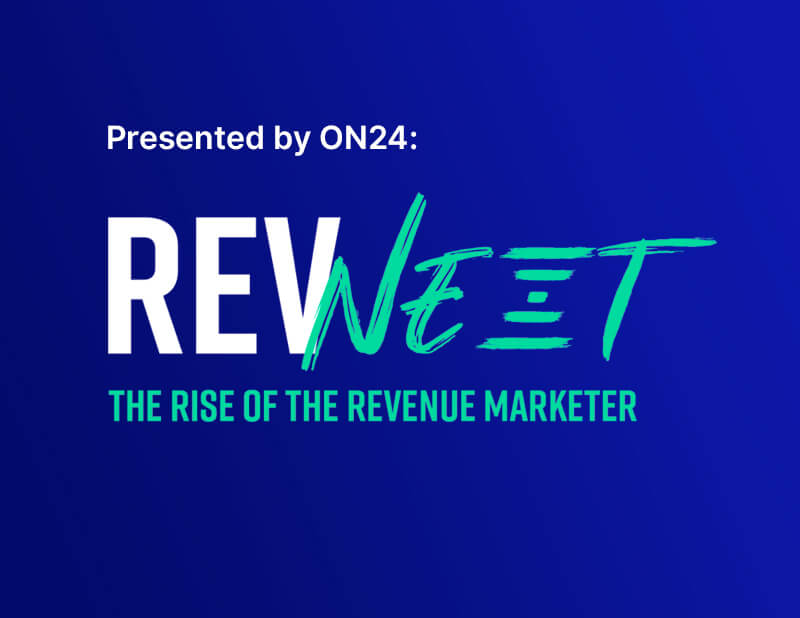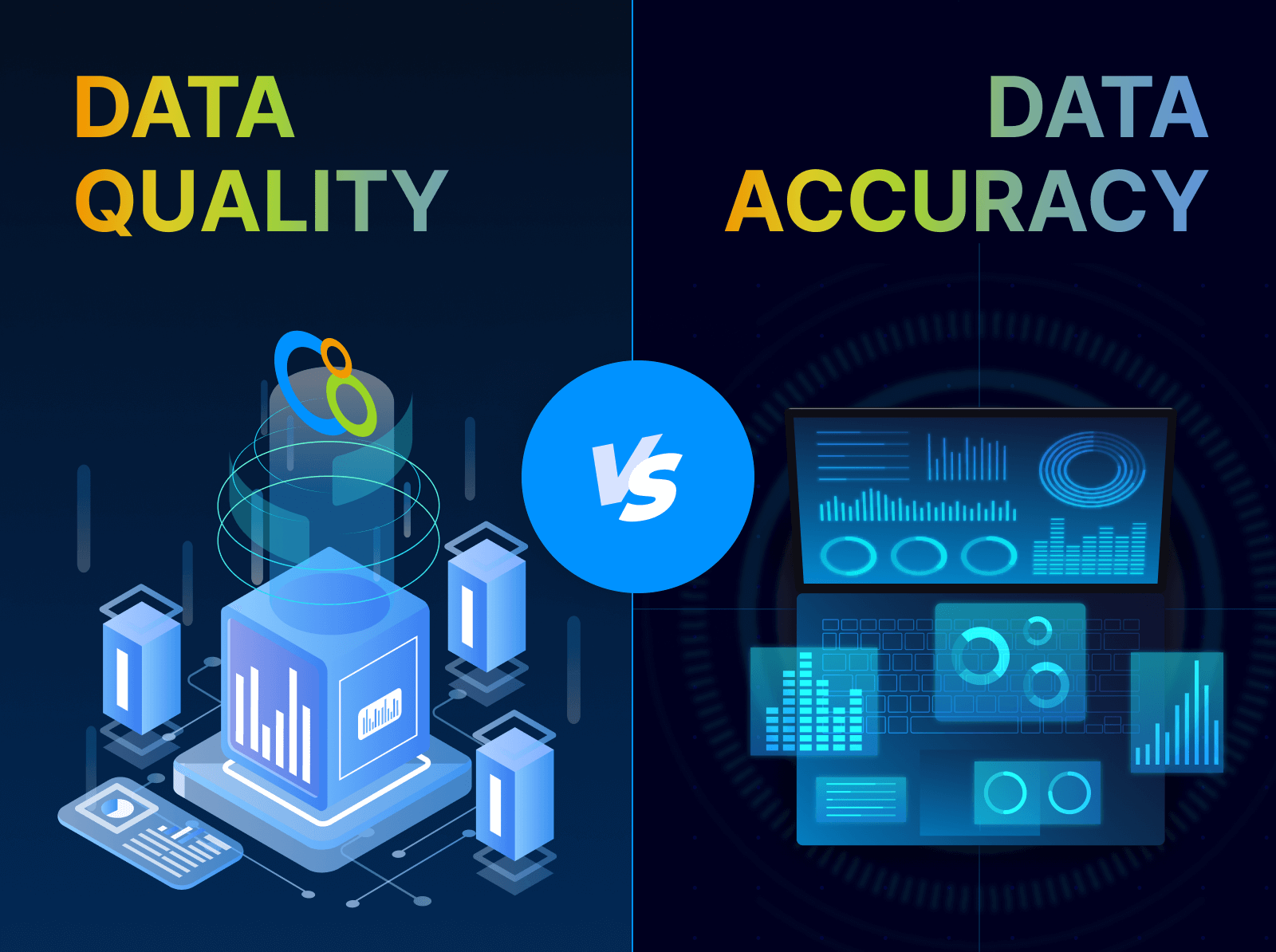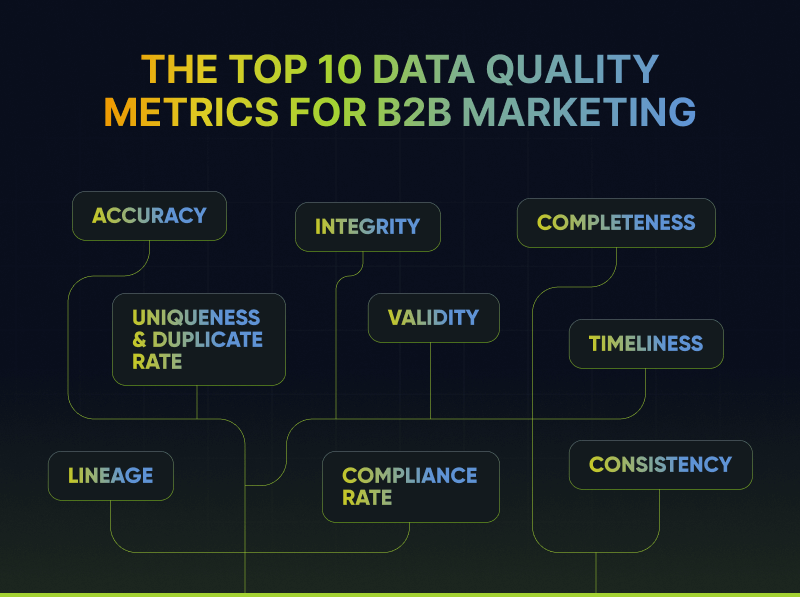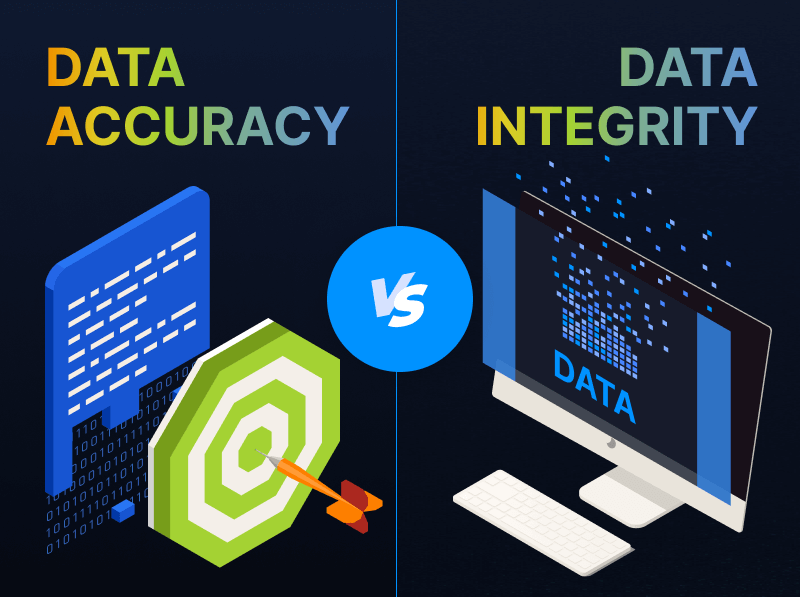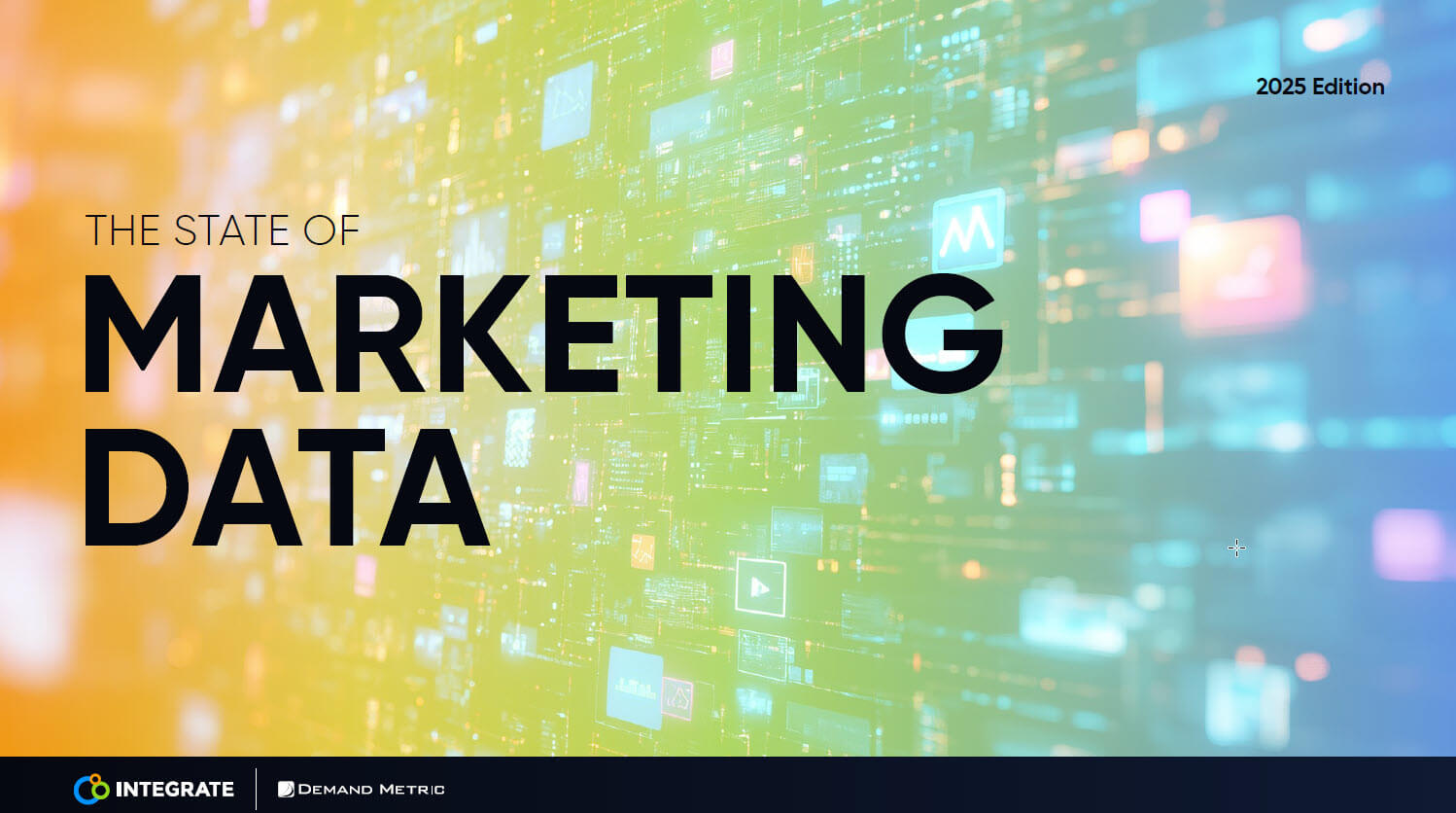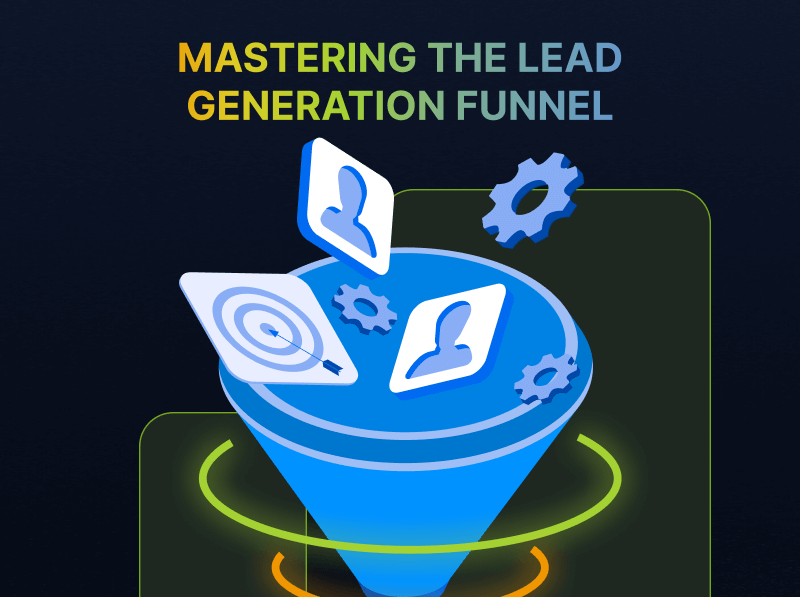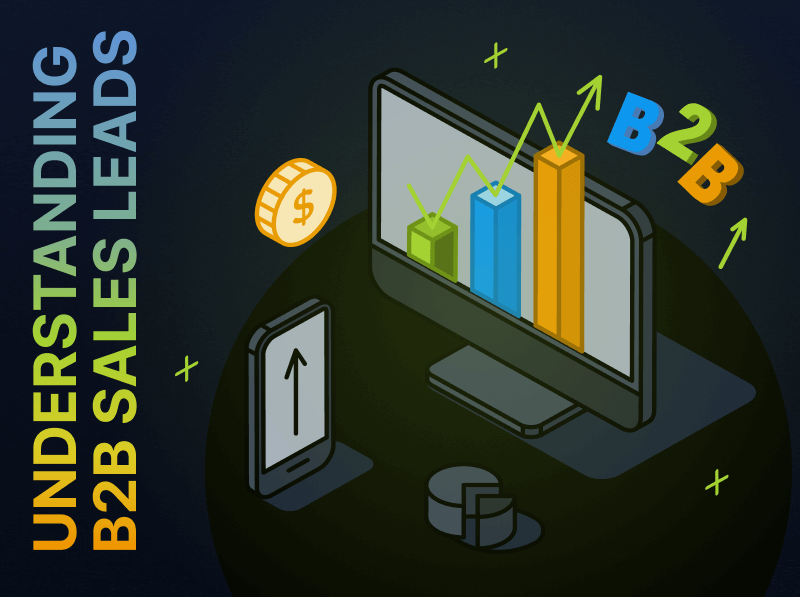The Re-Birth of Event Marketing: Reinventing Your Strategy for 2021
During 2020, a year strikingly different than anyone expected, B2B organizations have had to pivot their marketing strategies. Suddenly faced with the reality of operating in a strictly virtual world, event marketers were forced to quickly react as their roles changed almost overnight.
Desperately working to prove value, meet lead goals, and keep the lights on, event marketing professionals were tasked with replacing physical events. By and large they rose to the occasion, proving resourceful while shifting budget and resources. Many event professionals essentially transformed into media producers, writing scripts, setting call times, and operating control rooms via their smart phones.
As days turned to weeks and weeks to months, innovation brought about a rebirth of the events channel. In fact, digital events and webinars have increased by 428% year over year. According to research commissioned by Integrate, event budgets are predicted to increase in 2021, with 70%-80% of marketers expecting to execute a digital first or hybrid events strategy.
Event marketers surveyed expressed concern that while virtual events can drive larger, global audiences, engagement levels can be lower when compared to in-person events. In the rush to pivot to virtual did we overlook the fundamental differences between physical and virtual events? Online events are different animals. With so much investment planned for digital and hybrid events in 2021, there’s an opportunity to evolve (again)– with a strategy that accounts for the differences in event format.
Physical and online environments are not interchangeable and can’t be approached by marketers in the same manner. Fundamental differences exist before, during and after an event in the following ways:
Audience
Physical events tend to draw audiences already connected to a sales rep or brand. Often, attendees are opted-in and receive marketing messaging prior to registering. Conversely, digital events are more likely to attract a “fresh” audience that has not agreed to join your community or receive your messaging before event registration.
Engagement/Data
Online events have a wealth of attendee engagement information including contextual and behavioral data as well as declared data from polls and surveys. The challenge inherent in communicating with a virtual audience is that you must compete with other distractions in the attendees’ physical environment. Multiple screens, chats, email, and phone interruptions can damper engagement. While there are many benefits to physical events, including a more captive audience (without Zoom fatigue), it remains challenging to meaningfully track engagement, understand which content is consumed or even how long attendees remain at the event. Phones are still a distraction during physical events; calls, emails and other media put a constant source of distraction at attendees’ fingertips.
Follow Up
After a physical event, follow-up communications are typically based on declared data. The opportunity to personalize messaging is limited. Content for follow up is derived from a few data fields completed at attendees’ discretion during the event. The data derived from digital events, however, is richer and allows for more relevant and engaging communication.
The real opportunity exists when digital marketing channels are unified. Digital is more than a stand along marketing channel. Digital event data can enhance other channels and help move leads along an optimized, cross-channel buying journey with consistent messaging and branding. The ability to unify data a cross demand channels and our MarTech stack, including events, requires a centralized solution that connects disparate systems and intelligence to provide meaningful, actionable insight. The Integrate Data Acceleration Platform is a cloud-based solution at the heart of your demand engine. It standardizes, validates, and connects data to build intelligent buyer journeys.
Imagine the possibilities when all data is enriched and consolidated before automatically flowing into marketing automation/CRM without manual processing and uploads. And remember, cross-channel activation works both ways. Consider using account-based marketing to identify and target the accounts signaling interest in your event topic. You can even tailor event promotion to drive attendees to a physical or digital event based on region.
Employ all marketing intelligence to create meaningful experiences and drive your audiences to optimal event experiences. Set your brand apart, driving revenue and pipeline in the reimagined world of events.
Learn more about how the top practitioners in B2B marketing are using cross-channel activation to boost revenue during ON24’s RevNext Summit. View our RevNext Panel: “Intelligence Across The Funnel” and our RevNext CMO Interview: A CMO’s Perspective on 2020 and Planning for 2021
